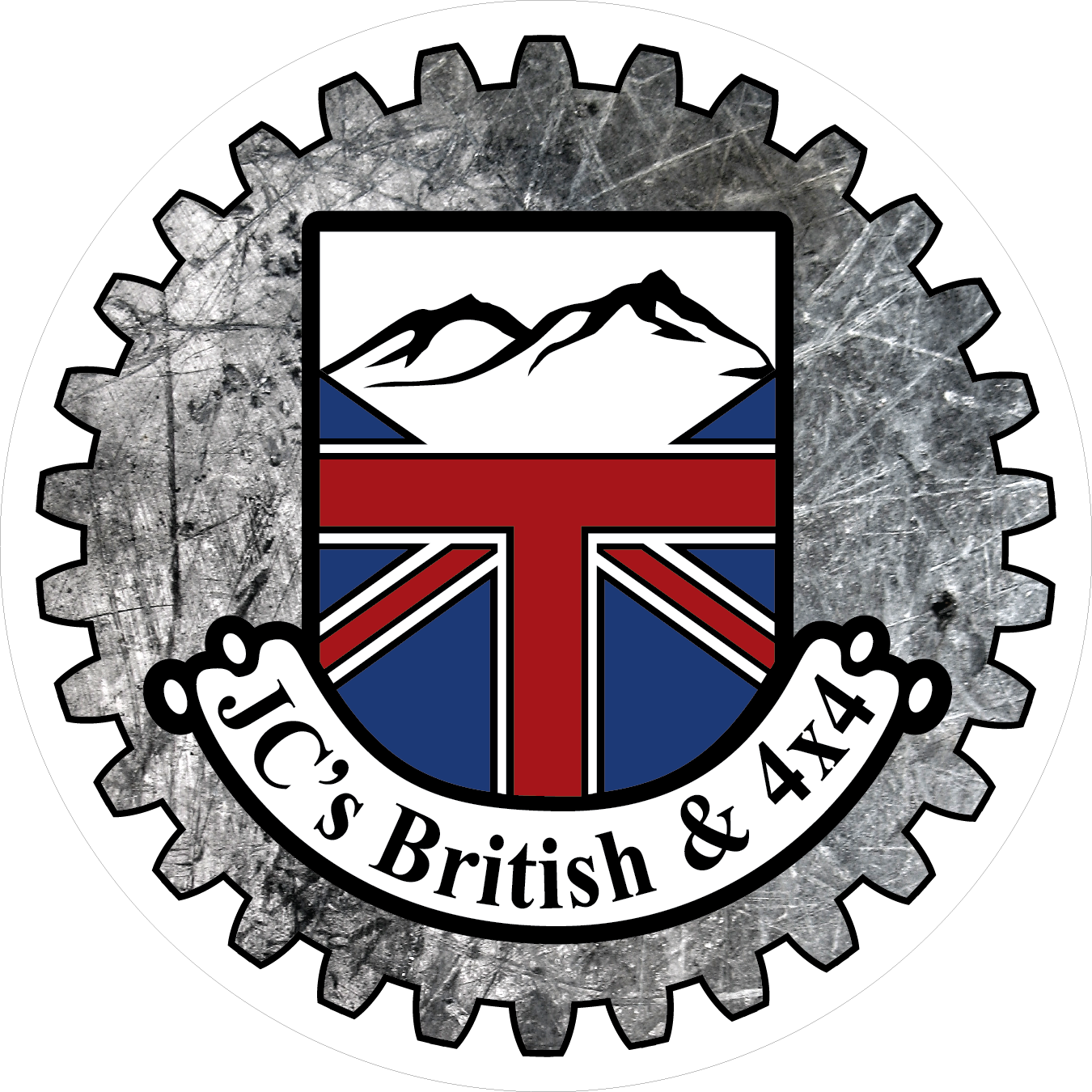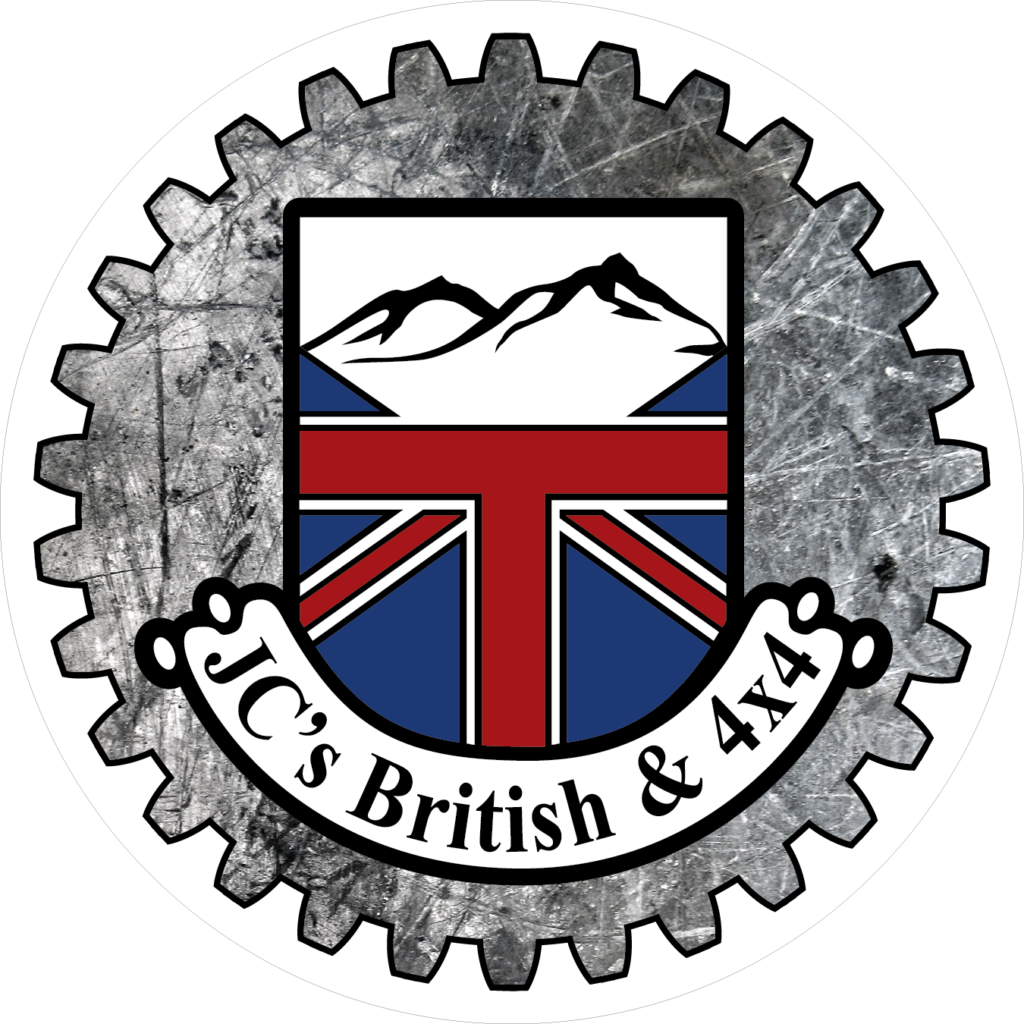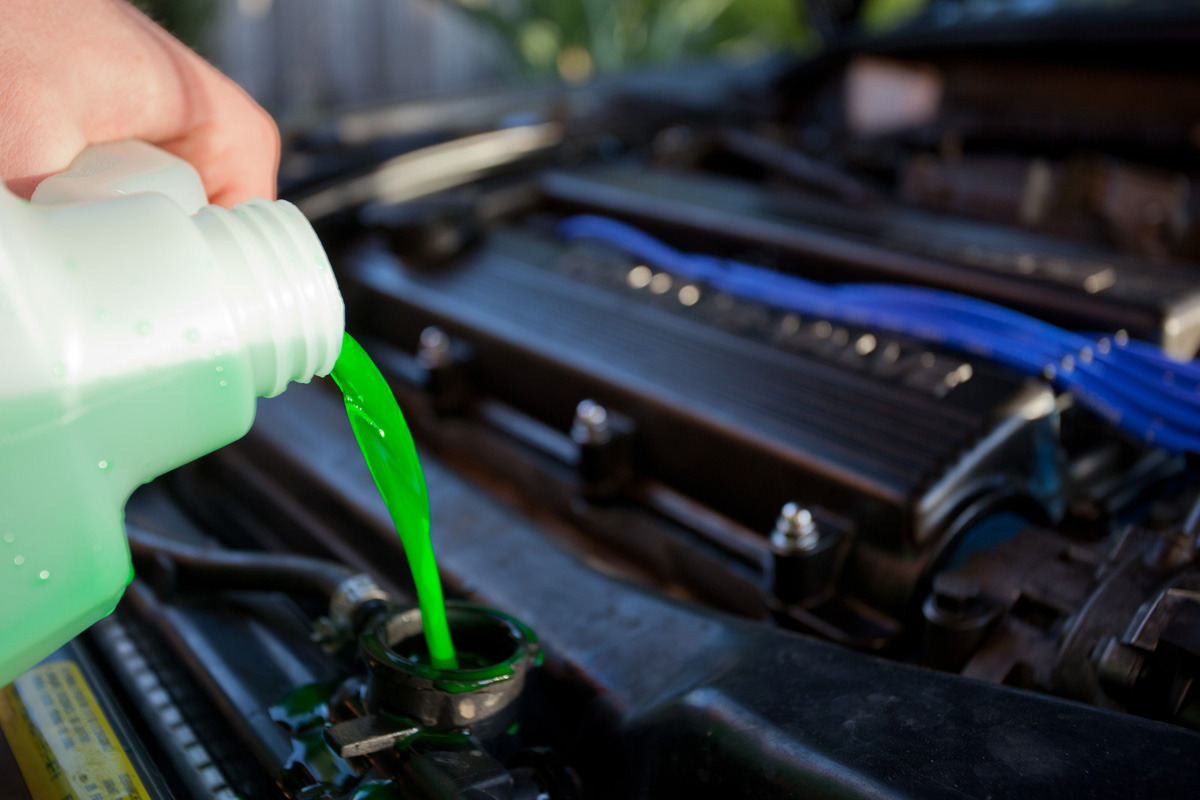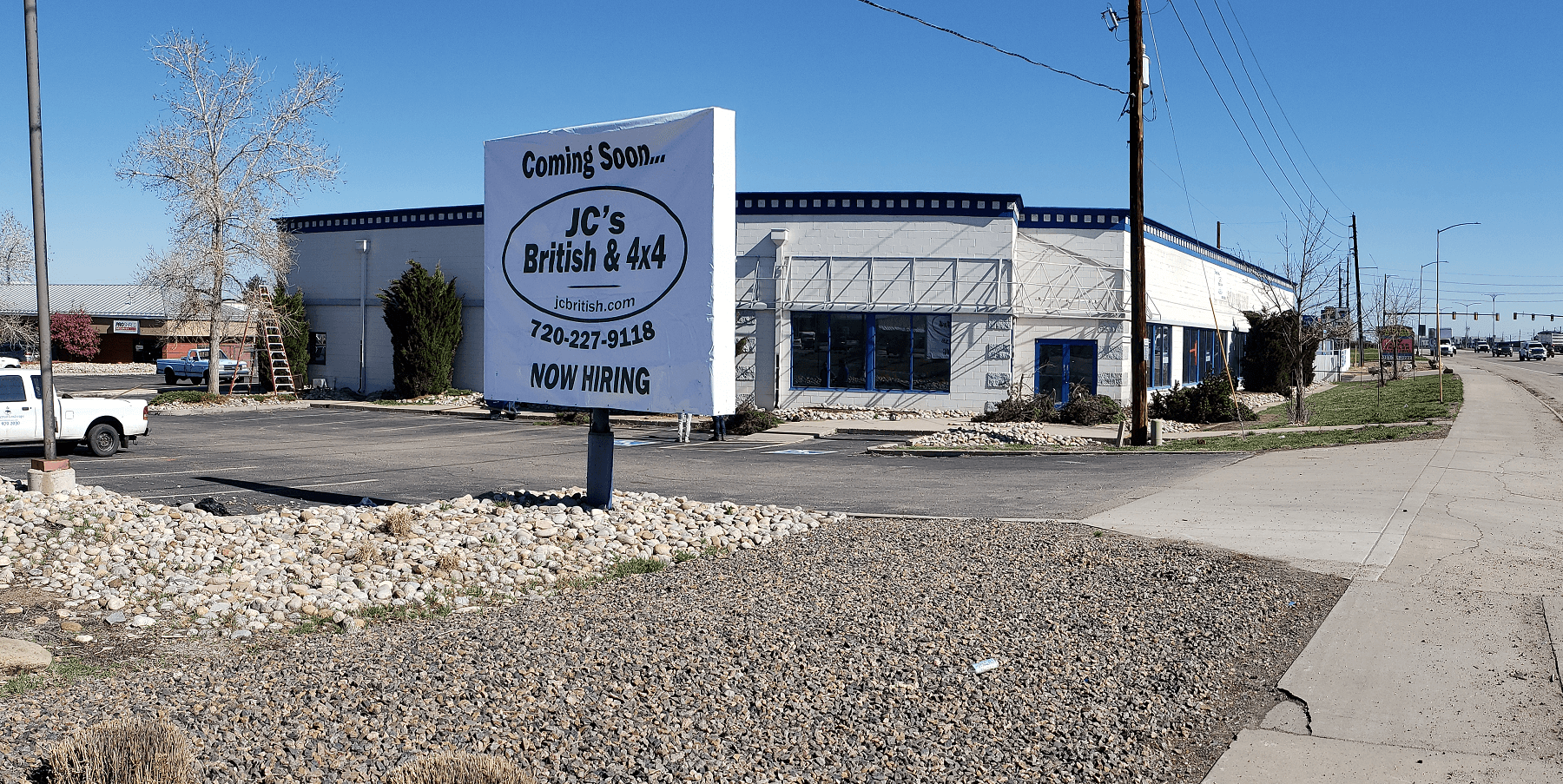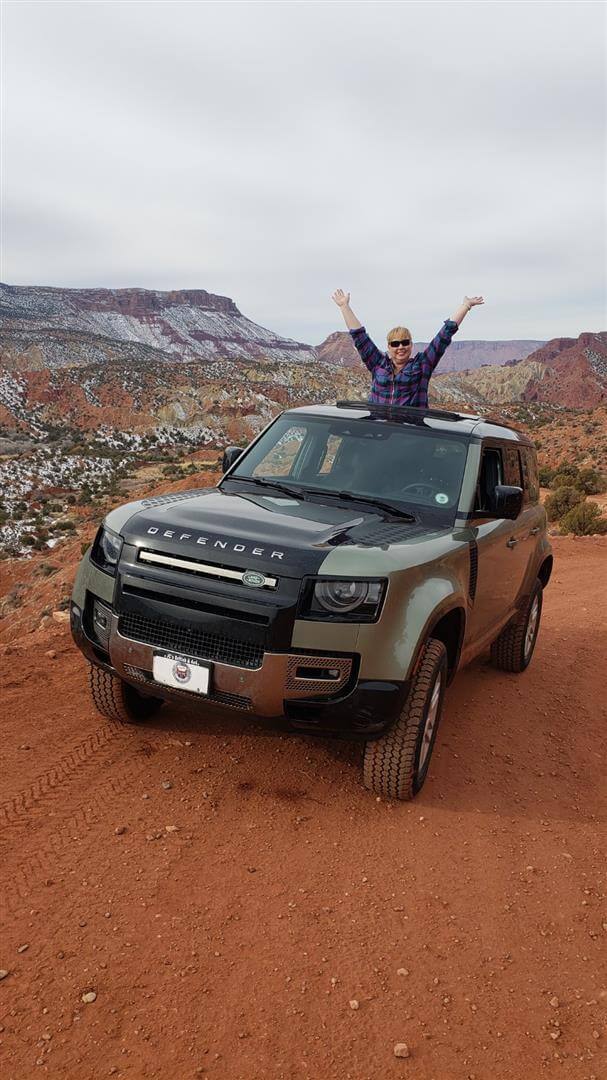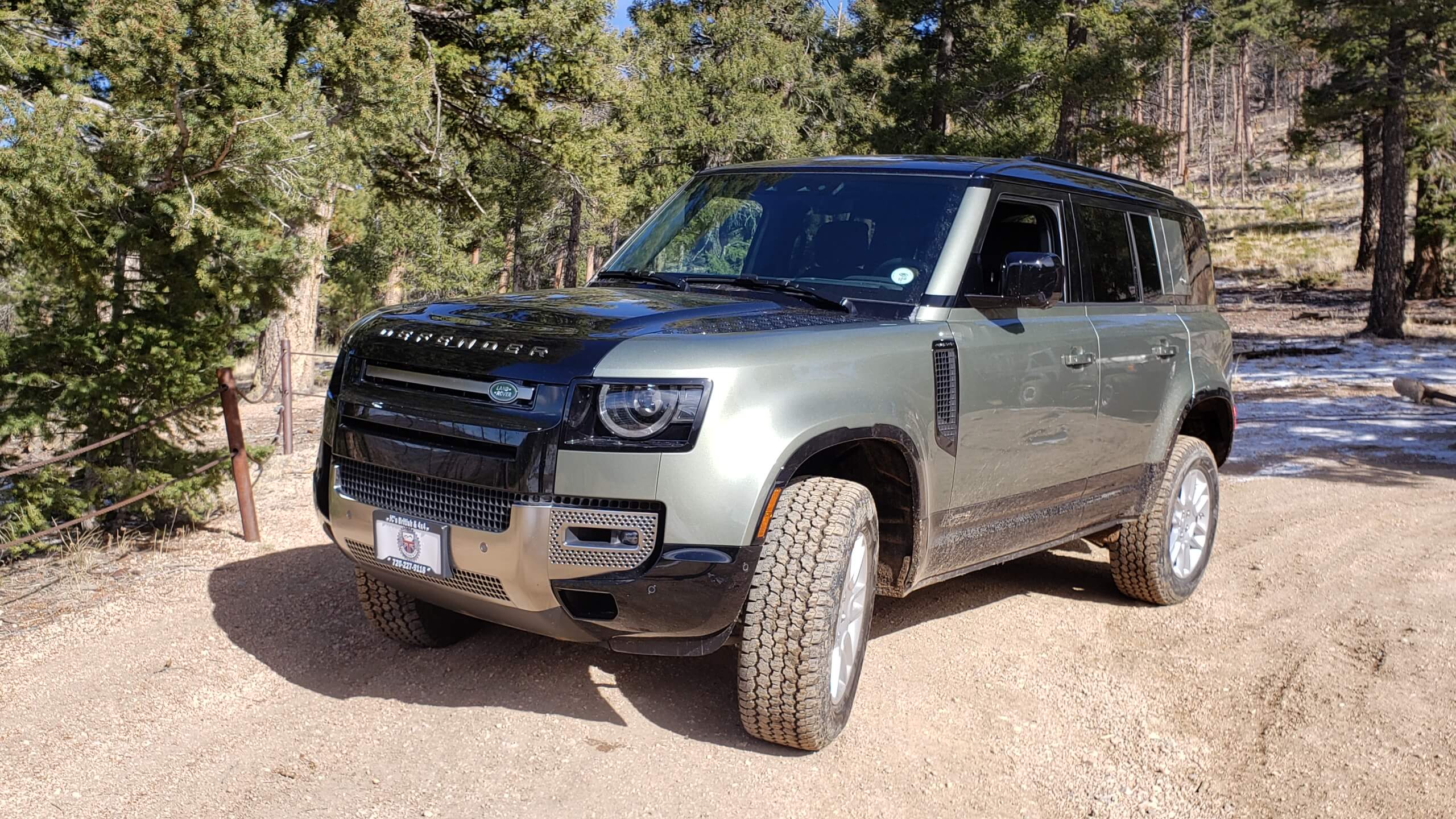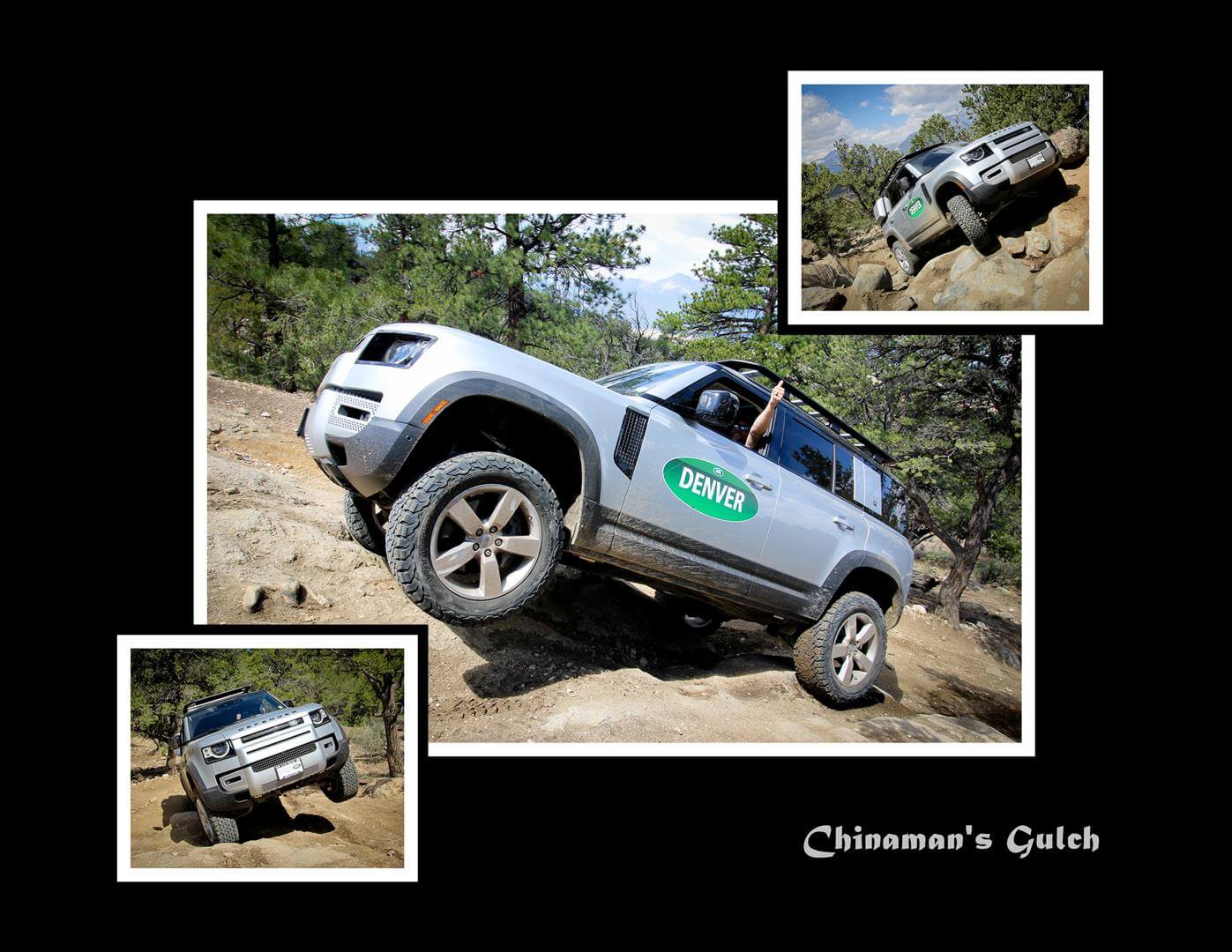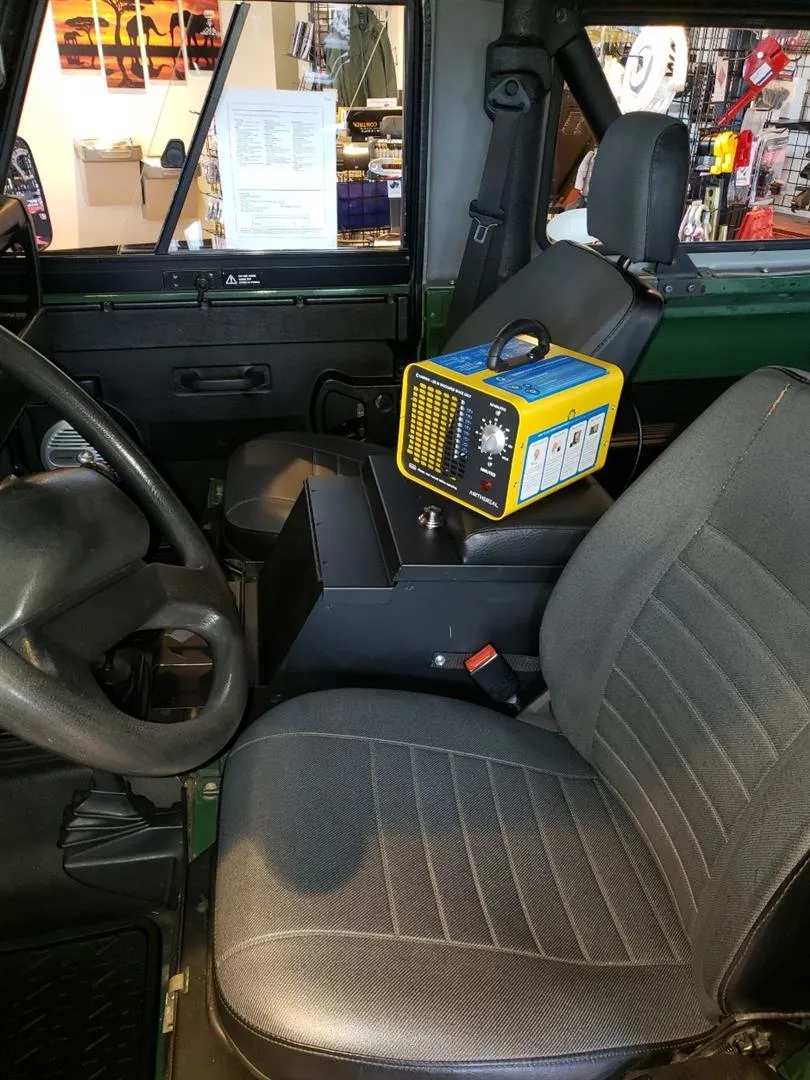Hot-running engines, hidden leaks, and elevation stress—learn what’s really behind overheating in Land Rover and Jaguar vehicles, and how to keep your engine safe year-round.
Land Rover Engines Run Hot by Design—But That Comes at a Cost

Land Rover and Jaguar engines are built to perform. They’re tuned for power, off-road control, and refined driving. But that performance comes at a cost: they run hot, by design. Combine that with turbocharging, tight engine compartments, and Colorado’s extreme terrain, and you’ve got a recipe for overheating.
Some models—especially newer ones—use higher operating temperatures to meet emissions and performance goals. It works well when everything is perfect. But it doesn’t leave much margin for error. One weak point in the coolant system is that the engine temperature can spike quickly.
That’s where things get dangerous. If you drive a Land Rover or Jaguar, you’re always one failed sensor, one cracked hose, or one coolant reservoir issue away from a serious problem.
Signs of Trouble: What to Watch for Before Your Engine Overheats
Overheating rarely happens out of nowhere. Most of the time, your car will give you signs, but they’re easy to miss. Keep an eye out for these common Land Rover overheating causes:
- Sudden or steady drops in coolant level
- The temperature gauge is creeping higher than normal
- Heat is not blowing hot air from the vents (a sign that coolant isn’t circulating)
- Coolant smell near the hood or inside the cabin
- Random warning lights that disappear quickly
On Jaguar models, engine temperature problems may only show up once the engine’s already too hot. The same goes for older Land Rovers with faulty warning systems.
If you notice any of these signs—even once—it’s time to get your system checked. Don’t wait for a dashboard warning light. Many of them don’t stay on long enough to catch up in time.
Why Overheating Isn’t Just a Summer Problem in Colorado
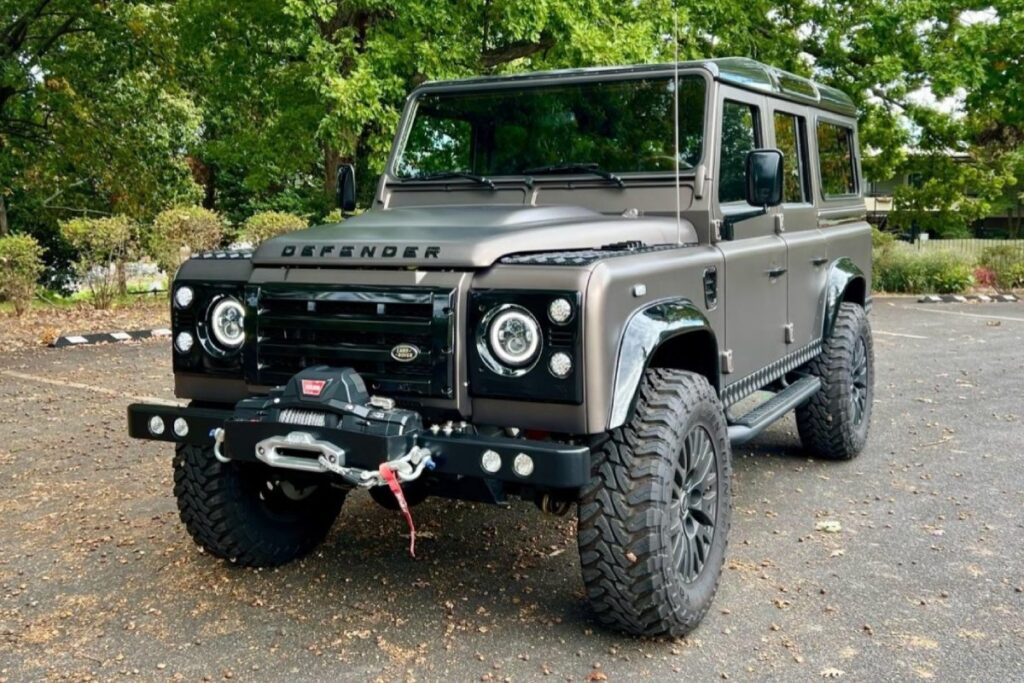
A lot of drivers assume overheating only happens in summer. But here in Colorado, it can happen any time of year. The real issue isn’t just heat—it’s engine load and elevation.
Driving uphill in thin air makes your engine work harder. Less oxygen means less power, so your vehicle pushes itself more to maintain speed. That extra work builds up heat—even in cold weather. Add in snow-packed roads or towing gear, and your engine gets stressed fast.
This is one reason Land Rover repair shops in Denver see cooling system problems all year round. The Colorado climate puts constant pressure on your engine, regardless of season.
The Role of the Expansion Tank and Why That Cap Matters
One part we see fail over and over again is the Land Rover expansion tank—and especially the cap. It might not look like much, but this little component plays a huge role.
The expansion tank holds extra coolant and helps regulate system pressure. If it cracks, leaks, or the cap doesn’t seal properly, your entire cooling system loses pressure. And once pressure is lost, coolant boils, circulation stops, and overheating kicks in fast.
Some newer Jaguars and Rovers use plastic tanks that become brittle over time. In Colorado’s dry air and altitude swings, they wear out even faster. That’s why Land Rover coolant reservoir issues are one of the first things we check during a cooling system inspection.
Pro tip: If you ever replace your tank, always install a new cap too. It’s cheap insurance against massive repair bills.
How Ignoring Minor Leaks Leads to Major Engine Repairs
A small leak may not seem like a big deal. Maybe you top off your coolant once in a while and keep driving. But that’s a dangerous habit.
Small leaks reduce coolant levels and introduce air into the system. Air pockets disrupt flow and reduce pressure. Then heat builds up in pockets around the heads, gaskets, and cylinder liners.
We’ve seen small leaks turn into full-blown Land Rover engine overheating fixes in just one bad hill climb. And once your engine overheats, you could be looking at:
- Warped cylinder heads
- Blown head gaskets
- Damaged cylinder liners (especially in 4.0 and 4.6L Rover V8s)
- Full engine replacement
Don’t take that risk. At JC’s British & 4×4, we always recommend addressing coolant system leaks the first time you notice them. Waiting only makes things more expensive.
Preventative Care That Actually Works: What a True JLR Expert Recommends
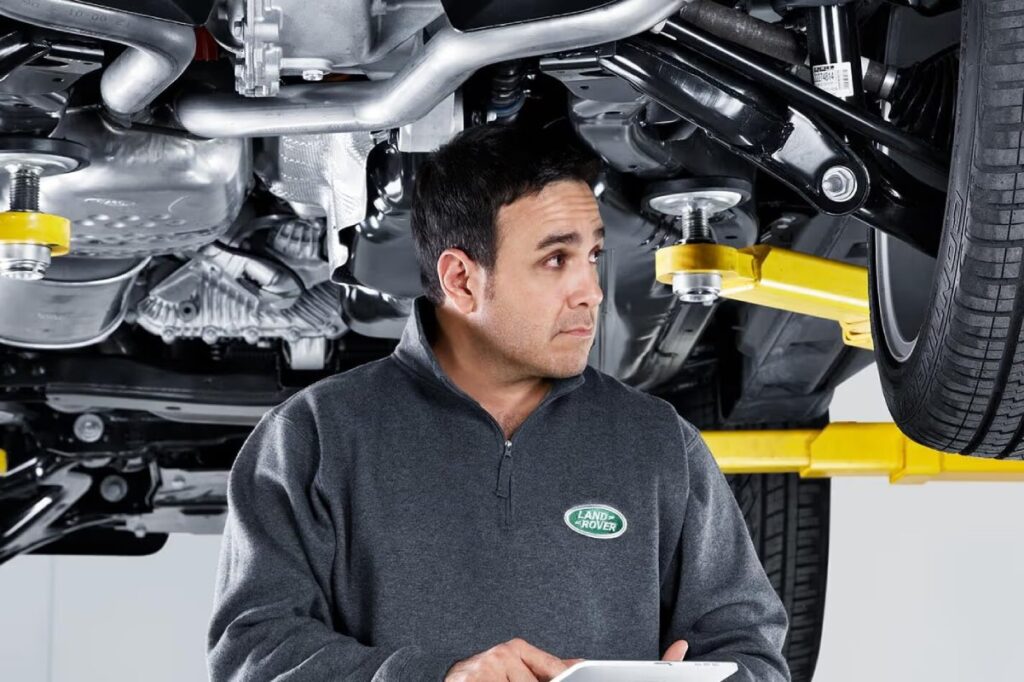
The best way to avoid overheating is to get ahead of it. A few smart steps can save you thousands in repairs—and give you peace of mind on every trip.
Here’s what we recommend as a Land Rover repair shop in Denver:
- Get a full cooling system inspection every 12–18 months, especially if you drive in the mountains often.
- Replace plastic coolant parts (tanks, pipes, fittings) every 60–80k miles or at the first sign of wear.
- Upgrade to heavy-duty or performance thermostats, like the Land Rover 180-degree thermostat, to reduce running temps in high elevation.
- Don’t reuse old radiator caps or expansion tank caps—they often cause pressure issues.
- Flush your coolant system regularly to remove debris and buildup that can clog the flow.
- Ask your mechanic to check pressure levels and sensor performance, especially if you suspect your vehicle isn’t warning you in time.
Not every shop knows how to spot the early signs of trouble. That’s why having a Land Rover specialist makes all the difference.
At JC’s British & 4×4, we know these vehicles inside and out. We’re based in Englewood, CO, and we’ve helped thousands of Rover and Jaguar owners across Denver and surrounding areas keep their cooling systems in top shape.
Stay Cool, Stay Safe: Prevent Overheating with Proactive Care from a Land Rover Expert
Overheating in Land Rover and Jaguar vehicles isn’t just a nuisance—it’s a serious threat to your engine. But with the right care and attention, it’s completely avoidable.
Don’t wait for a breakdown in the mountains or a warning light that disappears before you can read it. Be proactive. Get regular cooling system service for your Jaguar or Land Rover from a shop that understands what these vehicles need, especially here in Colorado.
At JC’s British & 4×4, we take your engine health seriously. Whether you need a quick inspection or a full Land Rover coolant system repair, we’ve got the tools, training, and experience to do it right.
Let’s keep your Rover running cool—no matter where the trail takes you. Contact us at 720-740-5318 or reach our Facebook page. Book your cooling system check at JC’s British & 4×4 today.
Frequently Asked Questions
Why do Land Rovers and Jaguars overheat more often in Colorado?
Land Rovers and Jaguars overheat in Colorado due to high elevation, thin air, and steep terrain, which increase engine load and reduce cooling efficiency.
What are the early signs of overheating in Land Rover or Jaguar vehicles?
Watch for coolant smells, rising temperature gauges, coolant loss, lack of cabin heat, and flashing or disappearing warning lights.
How often should I inspect my Land Rover cooling system?
It’s recommended to get a full cooling system inspection every 12–18 months, especially if you drive in mountainous areas.
Can a faulty expansion tank cap cause overheating?
Yes, a worn or leaky expansion tank cap can lead to pressure loss, boiling coolant, and rapid overheating in Land Rovers and Jaguars.
Is overheating only a summer issue for Land Rovers in Colorado?
No, overheating can happen year-round in Colorado due to altitude, snow, and towing demands that stress the engine—even in cold weather.
What preventative maintenance helps avoid overheating in Land Rovers?
Flush coolant regularly, replace plastic components at 60–80k miles, upgrade thermostats, and never reuse old caps or ignore small leaks.
